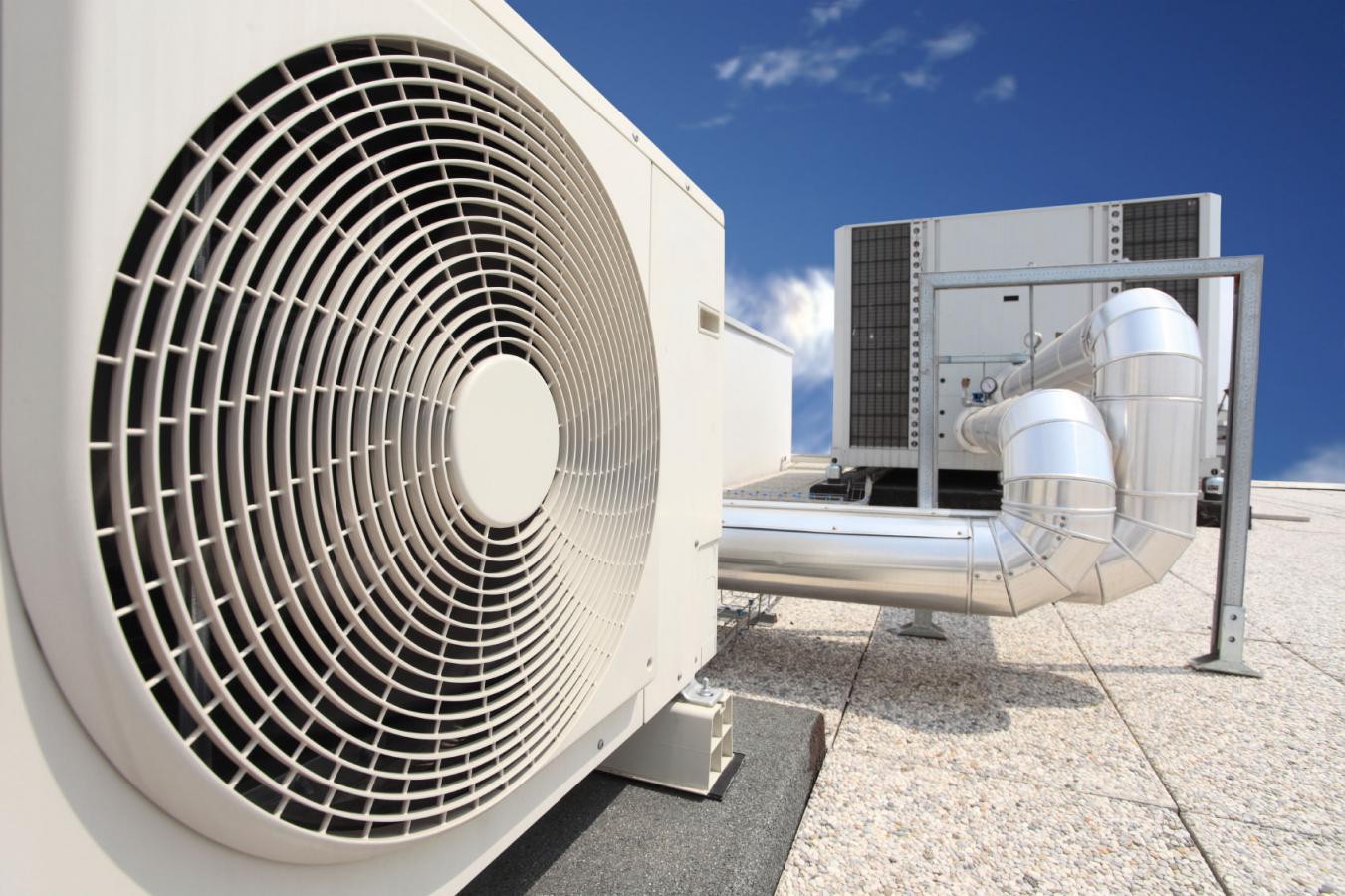The Evolution of Air Conditioning
Air conditioning has become an indispensable part of modern life, providing comfort and improving the quality of living and working environments. Its evolution is a fascinating journey that began with rudimentary attempts at cooling and has advanced to sophisticated systems we use today. The concept of cooling indoor spaces can be traced back to ancient civilizations. In ancient Egypt, people used to hang wet reeds in windows, which would cool incoming air through evaporation. The Romans circulated aqueduct water through the walls of their houses to cool them. However, the foundation of modern air conditioning was laid in the early 20th century. In 1902, Willis Haviland Carrier, an American engineer, designed the first modern electrical air conditioning unit. His invention was initially intended to control humidity in a printing plant, but it quickly became apparent that air conditioning had far-reaching applications. Carrier’s innovation paved the way for widespread adoption in homes, offices, and vehicles, revolutionizing the way people live and work.
The Science Behind Air Conditioning
Understanding how air conditioning works requires a basic grasp of thermodynamics and the principles of heat transfer. At its core, an air conditioning system relies on the refrigeration cycle, which involves the absorption and release of heat. The main components of an air conditioner include the evaporator, compressor, condenser, and expansion valve. The process begins with the refrigerant, a chemical compound that can easily change states from liquid to gas and vice versa. The refrigerant absorbs heat from the indoor air as it passes over the evaporator coils, causing it to evaporate into a gas. The compressor then pumps this gas under high pressure to the condenser, where it releases the absorbed heat to the outside air and condenses back into a liquid. This cycle repeats, continuously removing heat from the indoor environment and releasing it outside, thus cooling the indoor air. Additionally, modern air conditioning systems often incorporate advanced technologies such as variable speed compressors and smart thermostats, enhancing efficiency and control.
The Impact of Air Conditioning on Society
The widespread adoption of air conditioning has had profound effects on society, influencing various aspects of daily life and economic activities. One of the most significant impacts is on public health. Air conditioning has made it possible to maintain comfortable indoor temperatures during extreme heat waves, reducing the risk of heat-related illnesses and deaths. It has also improved indoor air quality by filtering out pollutants, allergens, and humidity, which can exacerbate respiratory conditions. Economically, air conditioning has enabled the growth of industries and technologies that require controlled environments, such as data centers, pharmaceutical manufacturing, and precision engineering. It has also made regions with harsh climates more habitable, facilitating urbanization and population growth in areas like the Sun Belt in the United States. Moreover, air conditioning has enhanced productivity and comfort in workplaces, leading to better working conditions and increased efficiency. However, it’s important to acknowledge the environmental impact of air conditioning, particularly its contribution to greenhouse gas emissions and energy consumption. Efforts to mitigate these impacts include developing more energy-efficient systems and using environmentally friendly refrigerants.
Future Trends and Innovations in Air Conditioning
As concerns about climate change and energy consumption intensify, the future of air conditioning is poised to undergo significant transformations. Innovations in this field are focused on improving energy efficiency, reducing environmental impact, and integrating with smart home technologies. One promising development is the advancement of solar-powered air conditioning systems, which harness renewable energy to reduce reliance on fossil fuels. These systems can significantly decrease the carbon footprint of cooling by utilizing solar panels to power the air conditioning units. Another exciting trend is the integration of artificial intelligence and the Internet of Things (IoT) in air conditioning systems. Smart air conditioners can learn user preferences, monitor indoor air quality, and adjust settings automatically to optimize comfort and energy use. Additionally, research is being conducted on alternative refrigerants that have lower global warming potential compared to traditional hydrofluorocarbons (HFCs). Innovations like magnetic refrigeration and solid-state cooling are also on the horizon, offering the potential for more efficient and environmentally friendly cooling technologies. The future of air conditioning is geared towards creating systems that are not only effective in providing comfort but also sustainable and intelligent.
In conclusion, air conditioning has come a long way since its inception, evolving from basic cooling methods to sophisticated systems that play a crucial role in modern life. Understanding the science behind air conditioning helps appreciate its functionality and the technological advancements that have made it more efficient. The impact of air conditioning on society is undeniable, enhancing comfort, health, and economic productivity, though it also poses environmental challenges. Looking ahead, the future of air conditioning promises exciting innovations that aim to balance comfort with sustainability, ensuring that this essential technology continues to benefit society while minimizing its ecological footprint.air conditioning









